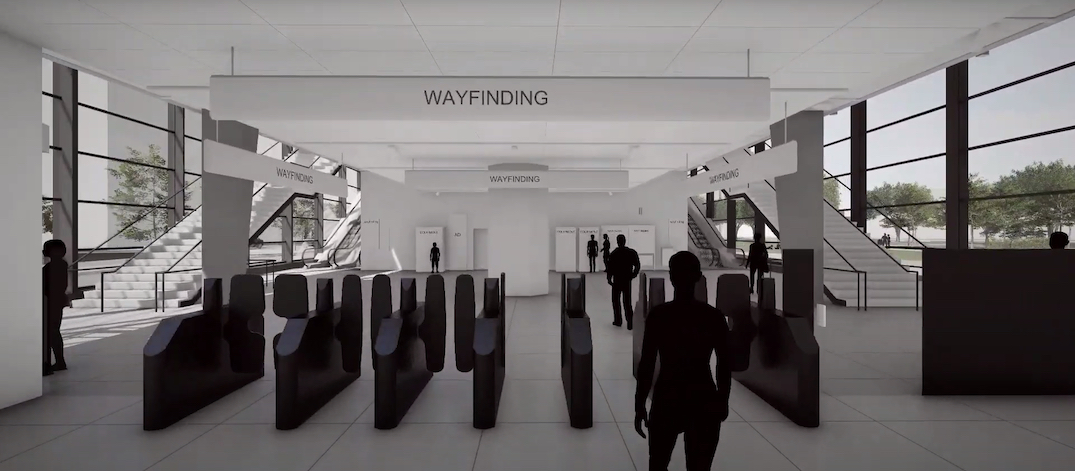None of this was easy to negotiate. The woman who ran the setup of the project for TransLink, lawyer Jane Bird, says it's a tough job for the public sector to figure out what exactly to demand of the private partner. And it requires thinking about projects differently.
"Governments spend most of their life specifying," says Bird, who is now overseeing the renovation of Canada’s diplomatic mission in London. "All of the engineering profession is trained and culturally attuned to that, saying the chair should be green and it should be this high and it should have four legs." Instead, in a P3, government officials need to think about what they want to achieve, and leave it to the private company to figure out how to get there.
'What are we really trying to accomplish?'
For the Canada Line, Bird recalls that the government partners set out to specify details such as how many luggage racks there should be on each train. But InTransitBC’s designers pushed back. They argued that passengers don't like luggage racks because they want to be close to their bags. So the trains were designed with cantilevered seats for under-seat bag storage, as well as large open spaces where riders can stand next to their luggage.
"It takes more time than it would appear at first blush to figure out what the goal is," Bird says. "What are we really trying to accomplish?"











